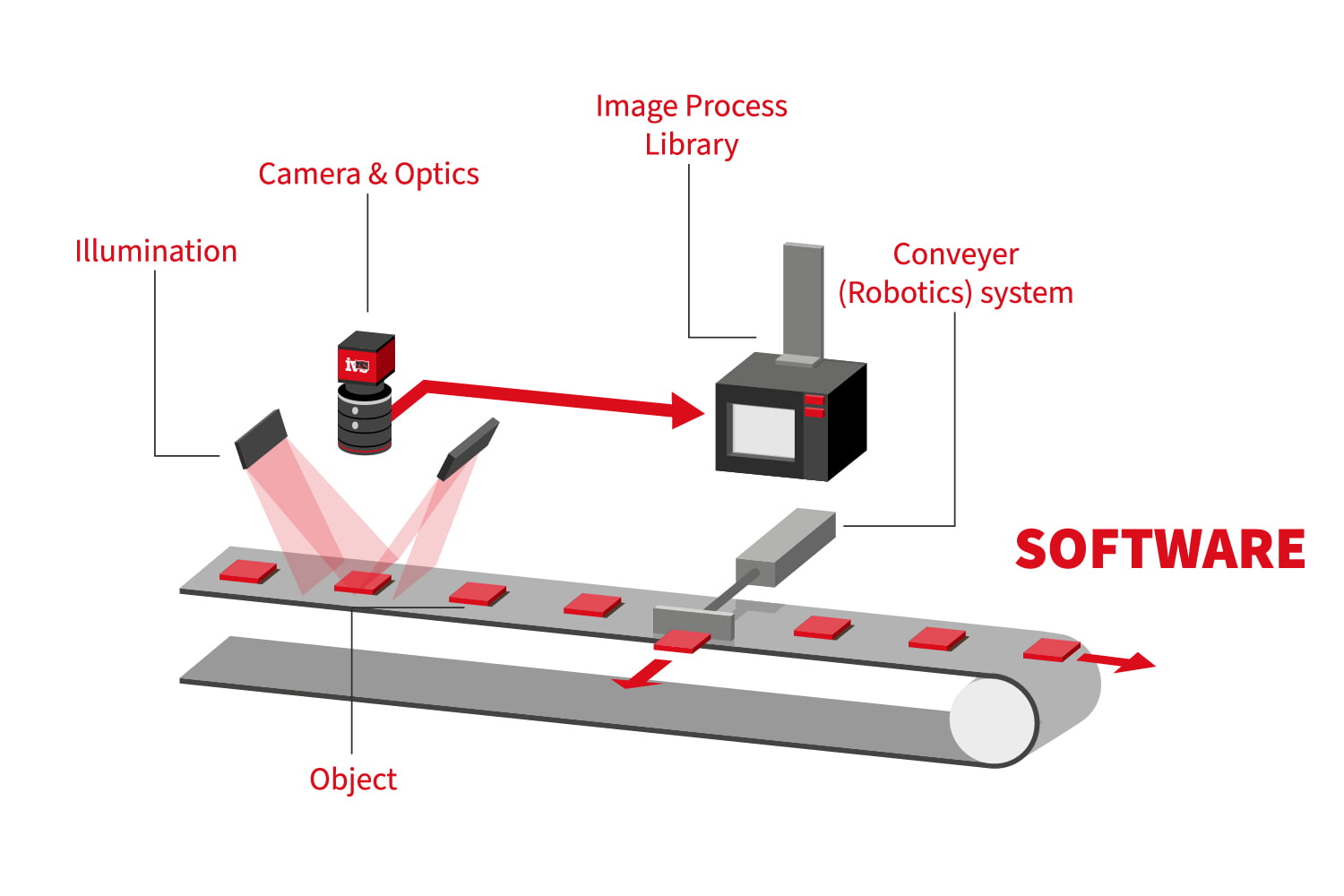How to Automate Quality Control in Metal Roll Forming Production
- Share
- Issue Time
- Jun 2,2025
Summary
Discover comprehensive strategies to automate quality control in metal roll forming production. Learn about cutting-edge technologies, best practices, and detailed implementation steps to enhance efficiency, accuracy, and consistency.
In the highly competitive landscape of metal roll forming, maintaining impeccable quality control is paramount to ensuring product consistency, reducing waste, and increasing overall efficiency. As industries evolve, the integration of automated quality control systems has become essential for manufacturers aiming to stay ahead of the curve. This article provides an in-depth exploration of state-of-the-art automation techniques, best practices, and strategic implementation to elevate your metal roll forming production through advanced quality control.
Understanding the Importance of Automated Quality Control in Metal Roll Forming
Metal roll forming involves complex, high-speed processes that produce precise, uniform profiles essential for various applications, including construction, automotive, and appliances. Traditional manual inspection methods are often labor-intensive, prone to human error, and insufficient for meeting modern quality standards.
Automation addresses these challenges by providing real-time, consistent, and objective quality assessments. Implementing automated quality control systems leads to:
- Enhanced accuracy in detecting dimensional deviations
- Faster inspection cycles, reducing bottlenecks
- Consistent product quality, minimizing rework and scrap
- Data-driven insights for process optimization
- Compliance with industry standards and certifications
Key Technologies Driving Automation in Metal Roll Forming Quality Control
1. Vision Inspection Systems
High-resolution cameras combined with machine learning algorithms enable precise dimensional measurement, surface defect detection, and profile verification. These systems can identify cracks, dents, scratches, and warping with incredible accuracy.
2. Laser Scanning and 3D Profiling
Laser scanners generate detailed 3D models of the formed metal profiles in real-time. This technology provides precise measurements of cross-sectional dimensions, angles, and surface contours, ensuring each piece conforms to specifications.
3. Ultrasonic and Eddy Current Testing
For internal defect detection, ultrasonic sensors and eddy current testing are integrated into the production line, allowing for non-destructive testing of welds, material consistency, and internal flaws.
4. Data Acquisition and Machine Learning Analytics
IoT-enabled sensors collect vast amounts of data during production, which is then analyzed using machine learning algorithms. These insights facilitate predictive maintenance, process adjustments, and quality trend analysis.
Strategic Steps to Implement Automated Quality Control in Metal Roll Forming
Step 1: Conduct a Comprehensive Process Audit
Begin with a detailed assessment of your current production line, identifying bottlenecks, defects, and areas lacking in inspection. This audit helps determine specific quality parameters that need automation.
Step 2: Define Clear Quality Standards and KPIs
Establish quantifiable metrics such as dimensional tolerances, surface finish criteria, and defect thresholds. These standards will guide system configuration and calibration.
Step 3: Select Appropriate Automation Technologies
Choose vision systems, laser profilometers, and sensor technologies based on your product complexity, production speed, and budget constraints. Consider scalability and integration compatibility with existing machinery.
Step 4: Integrate Systems with Manufacturing Execution Systems (MES)
Seamless data flow between automated inspection systems and MES ensures real-time monitoring, traceability, and automated reporting. This integration enables immediate corrective actions.
Step 5: Implement Data Analytics and Machine Learning Models
Leverage advanced analytics to interpret inspection data, identify patterns, and predict potential failures. Continuous learning models improve over time, enhancing detection accuracy.
Step 6: Train Personnel and Establish Protocols
While automation reduces manual inspection, operator training remains crucial for system oversight, troubleshooting, and maintenance. Develop standard operating procedures to maximize system uptime and reliability.
Step 7: Pilot, Validate, and Scale
Start with a pilot project to validate system performance. Fine-tune parameters, verify defect detection accuracy, and measure ROI before scaling across the entire production line.
Best Practices for Maintaining and Optimizing Automated Quality Control Systems
| Best Practice | Description |
|---|---|
| Regular Calibration | Ensure sensors and vision systems are calibrated frequently to maintain accuracy. |
| Continuous Data Monitoring | Track inspection data to identify trends and preempt system failures. |
| Preventive Maintenance | Schedule routine maintenance to prevent unexpected downtime. |
| System Redundancy | Implement backup systems to ensure uninterrupted quality control. |
| Operator Training | Keep staff updated on system operation and troubleshooting. |
| Feedback Loop | Use inspection data for ongoing process improvements. |
Case Study: Implementing Automated Quality Control in a Metal Roll Forming Facility
XYZ Metalworks, a leading manufacturer of steel roofing profiles, faced frequent quality issues due to manual inspections. After integrating vision inspection systems and laser profilometers, they achieved:
- 30% reduction in defect rates
- 50% faster inspection times
- Improved traceability with real-time data logging
- Significant cost savings from reduced rework and scrap
This transformation was driven by a strategic phased approach, emphasizing technology selection, staff training, and continuous process refinement.
Future Trends in Automated Quality Control for Metal Roll Forming
- Artificial Intelligence (AI): Enhanced defect detection with deep learning models, capable of recognizing complex surface anomalies.
- Robotics Integration: Automated inspection robots working alongside production machinery for high-speed, autonomous quality assessments.
- Advanced Data Analytics: Predictive analytics predicting failures before they occur, enabling proactive maintenance.
- Smart Factories: Fully integrated manufacturing ecosystems where automated quality control is seamlessly embedded into Industry 4.0 frameworks.
Conclusion: Elevating Metal Roll Forming Quality with Automation
The automation of quality control in metal roll forming production is not merely a technological upgrade but a strategic imperative for manufacturers seeking competitive advantage. By adopting advanced inspection systems, integrating data analytics, and following best practices, companies can achieve unprecedented levels of precision, efficiency, and consistency.
Investing in automated quality control paves the way for sustainable growth, compliance with strict standards, and enhanced customer satisfaction. As technology continues to evolve, those who embrace these innovations will lead the industry into a future of smart, agile, and highly reliable manufacturing.

